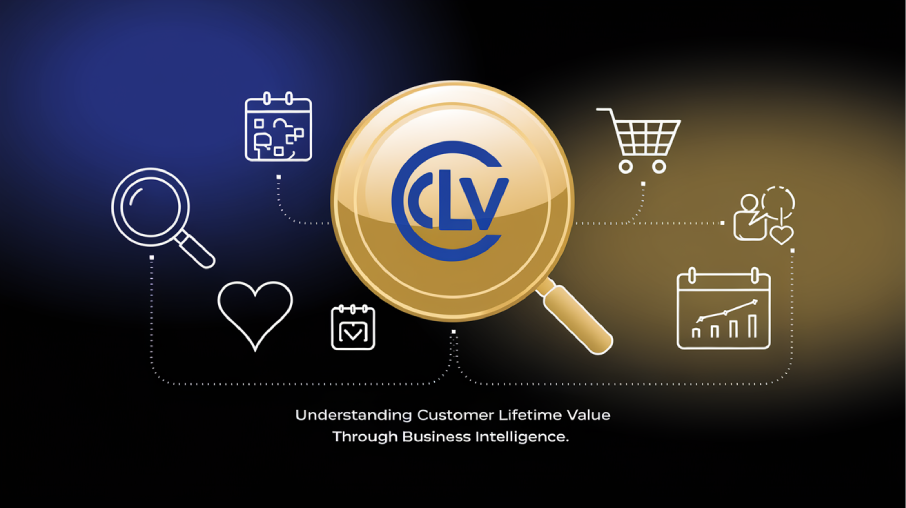
In the competitive landscape of business today, understanding and maximizing customer lifetime value (CLV) is paramount. Business Intelligence (BI) not only aids in calculating CLV but also empowers companies to strategically enhance it through targeted loyalty programs. Here’s how BI revolutionizes the approach to customer lifetime value, ensuring that businesses can foster long-term, profitable relationships with their customers.
The Importance of Customer Lifetime Value
Customer Lifetime Value represents the total revenue a business can reasonably expect from a single customer account throughout their relationship. It factors in revenue from all transactions, minus the costs associated with acquiring and serving the customer. CLV is a critical metric as it helps businesses make informed decisions about how much money to invest in acquiring new customers and retaining existing ones.
How Business Intelligence Enhances CLV
1. Accurate CLV Calculation: BI tools integrate vast amounts of customer data from various touchpoints and channels, including transaction history, customer interactions, feedback, and engagement levels. This data is analyzed to provide a precise calculation of CLV. BI systems utilize advanced analytics techniques such as predictive modeling to forecast future purchase behaviors and the potential revenue from customers. This helps companies identify high-value customers and tailor strategies to maximize their profitability.
2. Segmenting Customers for Targeted Marketing: Business Intelligence helps segment customers based on their behavior, purchasing patterns, and predicted CLV. This segmentation allows companies to create more personalized marketing efforts that resonate with each group. For example, customers with a high CLV can receive exclusive offers, premium services, and loyalty rewards, which further incentivize their continued business.
3. Enhancing Customer Retention: BI tools play a crucial role in identifying the factors that contribute to customer churn. By analyzing customer feedback and interaction data, companies can pinpoint areas where their products or services fall short and implement corrective measures. Improved customer satisfaction directly correlates to increased loyalty and CLV.
4. Optimizing Loyalty Programs: Using BI, companies can tailor their loyalty programs to be more effective. Analysis of past purchase data and customer preferences enables businesses to offer rewards that are truly desirable to the customers, thereby enhancing participation rates and increasing overall loyalty.
5. Predictive Analytics for Future Planning: Business Intelligence leverages predictive analytics to forecast future customer behavior based on historical data. This capability allows companies to proactively design marketing and customer service initiatives that address potential issues before they arise, ensuring that customers remain satisfied and continue to engage with the brand.
Real-World Applications of BI in Enhancing CLV
Companies across various industries are leveraging BI to enhance their CLV. For instance, a retail giant may use BI to track customer purchase histories and tailor marketing communications to individual preferences. Similarly, an e-commerce platform can utilize BI to offer dynamic pricing, special discounts, or personalized recommendations based on customer loyalty scores.
Conclusion
TBusiness Intelligence transforms how companies approach customer lifetime value. By providing a deep understanding of customer behaviors and preferences, BI helps companies not only calculate CLV more accurately but also increase it through effective loyalty strategies and personalized customer engagement. As technology evolves, BI will continue to play a vital role in helping businesses optimize their customer relationships and drive long-term profitability.
By embracing BI, companies can ensure that they not only keep pace with their competitors but also excel in creating genuine, lasting relationships with their customers.
of our story
hr@annexcloud.com















